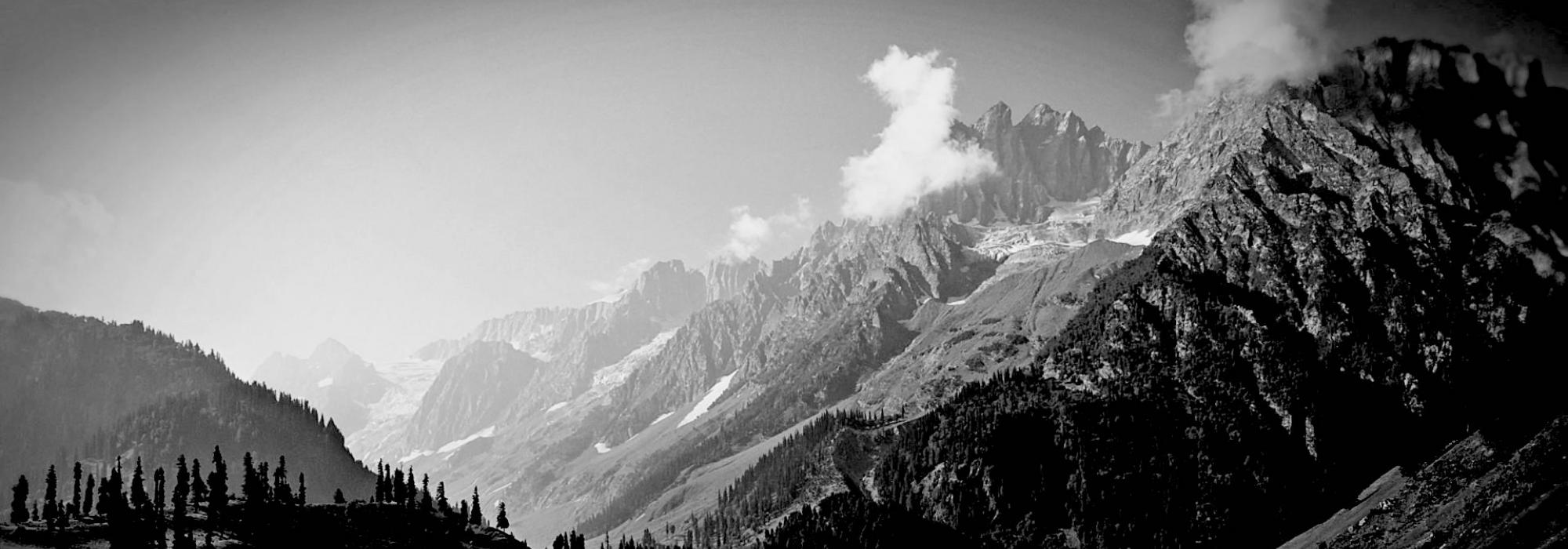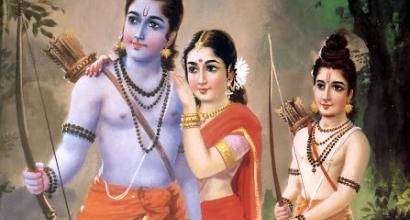There is another unique feature in the theme of the play Mṛcchakaṭika – it is the story of a brāhmaṇa; Cārudatta is a brāhmaṇa by birth but a trader by profession; he is like a kṣattriya in the dhārmic activities he engages himself in; he had spent all his wealth by performing dāna to those in need from time to time; Vasantasenā, who was moved by this quality, comes to him offering her love. Vasantasenā was a famous prostitute of Ujjayinī; though a prostitute, she was filled with the best of qualities; she was profound in her character and respected sublime qualities in others as well; she, of her own accord, seeks the company of a poor brāhmaṇa by herself, though doing so was against her profession – such women are rare in love stories; we only hear of instances where a man falls for a lady and gets stuck in a whirlpool of emotions.
The hero does not have to fear his wife as we see in the case of Ratnāvalī and other plays. Cārudatta’s legally wedded wife and his co-wife, who came to him out of deep love, live happily together like sisters. Rohasena is Dhūtādevī’s son; he is more than a son for Vasantasenā.
Just as the primary characters are unique, so are the secondary ones; they have interesting backgrounds too. Perhaps, no other Sanskrit play is endowed with this rich variety of characters. The playwright has not just included the characters of viṭa, ceṭa, and vidūṣaka in the play, but has also brought in a gambler, a thief, a cunning man, a road romeo, and a caṇḍāla. We also witness humour connected with villainy characters such as Śakāra. While most Sanskrit plays limit the humour connected with vidūṣaka to his gluttony only, the Mṛcchakaṭika goes much beyond that; it does not stick to stereotypical conventions; humour in the play is neither monotonous nor predictable; it is not complex either. Although the play is based in śṛṅgāra, the hāsya here can easily stand on par with the plays of the Western tradition; it is holistic and multi-dimensional. Scholars of the West have recognised this aspect as well.[1] As we go through the play, we almost feel as if we are in a massive city populated by people of different backgrounds and cross sections; we see some laughing, others crying, a few quarrelling and others participating in large events. It is likely that Ujjayinī possessed this character in the past; the Mṛcchakaṭika, is, after all, the story of Ujjayinī.[2]
The play is not without its shortcomings. Śakāra has been portrayed as very crooked and corrupt; he seems to be an embodiment of all vile qualities. He is a cheat who has taken a lowly path; he is cruel, cowardly, vulgar, and deceptive; nothing seems to bother him; the way he mixes up purāṇic characters and events is unbelievable – the poet appears to have overdone that part. Cārudatta feels embarrassed about his poverty and the judge appears to be biased about Śakāra out of his fear for the king – these are small flaws in their characterisation. In fact, we may count these as shortcomings in the specific characters and not in the playwright’s artistry. The poet has made his characters more human by introducing such flaws in their personality; if not, they would have ended up becoming über-human. The description of Vasantasenā’s house and the rains are unnecessarily long; it feels as though these segments are later-day additions to the play.
The play has quite a few poetic elements. The poet does not try to show off his scholarship through the verses he has included in the play; the verses are simple in their construction; they evoke rasa and are novel; they are not heavy with too many figures of sound and sense; they do not look efforted either. In fact, we can even say that the poet has been a bit too causal in composing some verses.
The current analysis has been carried out under the assumption that Śūdraka is the author of the Mṛcchakaṭika. With more research, we will be able to tell how much of the play can be attributed to Bhāsa.
To be continued ...
The current series of articles is an enlarged adaption of Prof. A. R. Krishnasastri's Kannada treatise Saṃskṛta-nāṭaka. They are presented along with additional information and footnotes by Arjun Bharadwaj.
[1] Śūdraka’s humour runs the whole gamut, from grim to farcical, from satirical to quaint. Its variety and keenness are such that king Śūdraka need not feat a comparion with the greatest of occidental writers of Comedies – A. Ryder (Introduction to Mrich, H.O.S, p.12.)
[2] Praranjpe, pp. 21-22











































